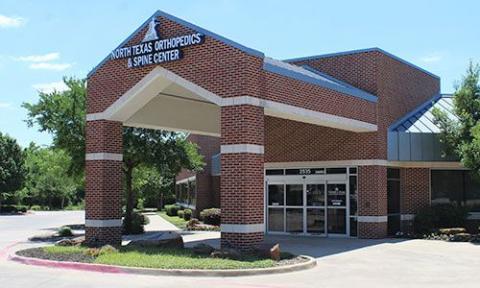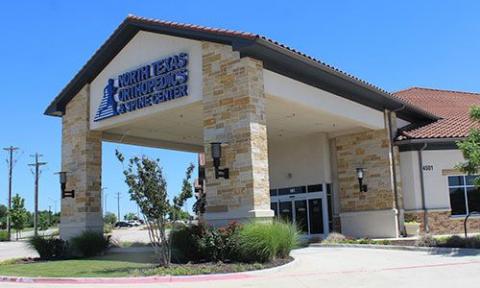


See why our patients love our physicians, quality of care, and amazing results.
*Based on Independent Market Research



When should I see a wrist doctor?
If you experience persistent wrist pain, numbness, tingling, weakness, stiffness, or difficulty moving your wrist or fingers, it's important to consult with a wrist doctor for an accurate diagnosis and appropriate treatment. Additionally, if you suffer a wrist injury or trauma, such as a fall or direct blow to the wrist, seek medical attention promptly.
What is carpal tunnel syndrome?
Carpal tunnel syndrome is a common wrist condition that occurs when the median nerve, which runs through the carpal tunnel in the wrist, becomes compressed. This can cause symptoms such as numbness, tingling, weakness, and pain in the wrist, hand, and fingers, particularly in the thumb, index, middle, and part of the ring finger.
How can I prevent wrist problems?
To help prevent wrist problems, use proper techniques and ergonomic tools when performing repetitive tasks, take breaks and stretch regularly, maintain good posture, and keep your wrists warm. If you have underlying health conditions that affect your wrists, such as diabetes or rheumatoid arthritis, work closely with your healthcare provider to manage these conditions and reduce your risk of wrist issues.
What is wrist arthroscopy?
Wrist arthroscopy is a minimally invasive surgical procedure that uses a small camera (arthroscope) and specialized instruments inserted through tiny incisions to diagnose and treat various wrist conditions. This approach offers several benefits compared to traditional open surgery, including less pain, smaller scars, and faster recovery times.
How long does it take to recover from wrist surgery?
Recovery time after wrist surgery varies depending on the specific procedure and individual factors. Minor procedures, such as carpal tunnel release or ganglion cyst removal, may require a few weeks of recovery, while more complex surgeries, such as wrist fracture repair or wrist fusion, may take several months. Your wrist doctor will provide a personalized recovery timeline and guide you through the post-operative care process, which may include hand therapy, to ensure optimal healing and results.
© 2024, North Texas Orthopedics & Spine CENTER. All rights reserved.